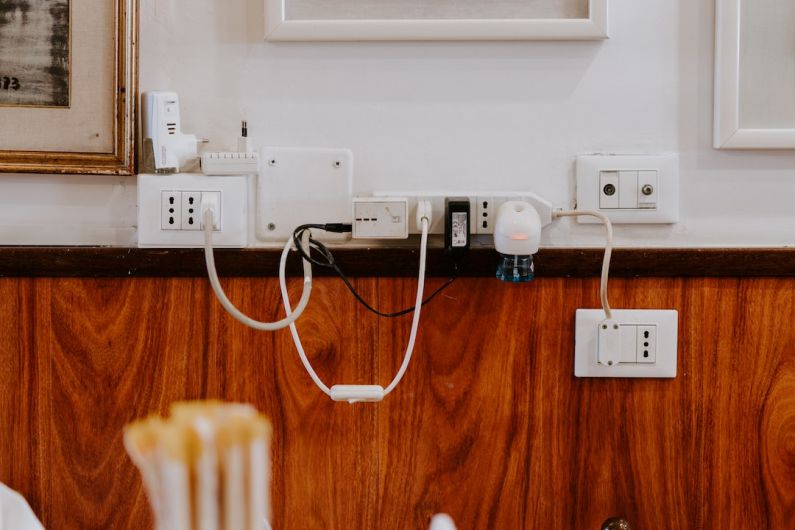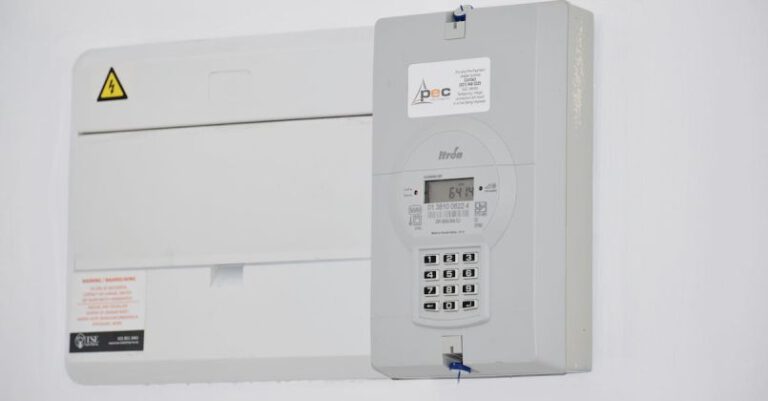Organizing Cables and Chargers for Easy Access
In today’s digital age, it seems like we are constantly surrounded by cables and chargers. Whether it’s for our smartphones, tablets, laptops, or other electronic devices, the need to keep our cables and chargers organized and easily accessible is more important than ever. Not only does this help to reduce clutter and create a more organized living or working space, but it also saves us time and frustration when we need to find a specific cable or charger. In this article, we will explore some simple yet effective ways to organize cables and chargers for easy access.
Labeling and Sorting
One of the first steps in organizing cables and chargers is to label and sort them. This can be done by using cable ties or zip ties to bundle cables together. Additionally, labeling each cable or charger with a tag or sticker can help identify them quickly and easily. Sorting them by device or function can also make it easier to find the right cable or charger when needed.
Cable Management Solutions
There are various cable management solutions available that can help keep your cables organized and tangle-free. Cable clips or cable organizers can be attached to the edge of a desk or wall, providing a designated space for each cable. Cable sleeves or cable management boxes are also great options for hiding and managing cables behind desks or entertainment centers. These solutions not only keep your cables organized but also prevent them from tangling or becoming damaged.
Color Coding
Color coding is another effective method for organizing cables and chargers. By assigning different colors to different devices or types of cables, you can easily identify and locate the cable you need. For example, you could use blue for charging cables, green for audio cables, and yellow for video cables. This simple yet effective technique can save you time and frustration when searching for a specific cable.
Travel Cable Organizers
When traveling, we often need to bring multiple cables and chargers with us. To avoid the hassle of tangled cables and chargers getting lost in your bag, investing in a travel cable organizer is a wise choice. These organizers typically have multiple compartments or pockets to store different cables and chargers, keeping them neatly organized and easily accessible.
Drawer Dividers or Storage Containers
If you prefer to keep your cables and chargers out of sight, drawer dividers or storage containers can be a great solution. These help keep your cables and chargers organized while also reducing clutter on your workspace or living area. By designating specific compartments for each cable or charger, you can quickly find what you need without digging through a messy drawer or container.
Wall-Mounted Charging Stations
For those who have multiple devices to charge, a wall-mounted charging station can be a game-changer. These stations typically have multiple USB ports or outlets, allowing you to charge multiple devices simultaneously. They also usually come with built-in cable management features, such as slots or clips, to keep your cables organized and easily accessible.
Conclusion: A Tidy and Efficient Solution
Organizing cables and chargers may seem like a small task, but it can make a significant difference in your daily life. By labeling and sorting your cables, using cable management solutions, color coding, investing in travel cable organizers, using drawer dividers or storage containers, and considering wall-mounted charging stations, you can create a tidy and efficient solution for organizing your cables and chargers. Not only will this save you time and frustration, but it will also help create a more organized and clutter-free living or working space. So, say goodbye to tangled cables and hello to easy access!






